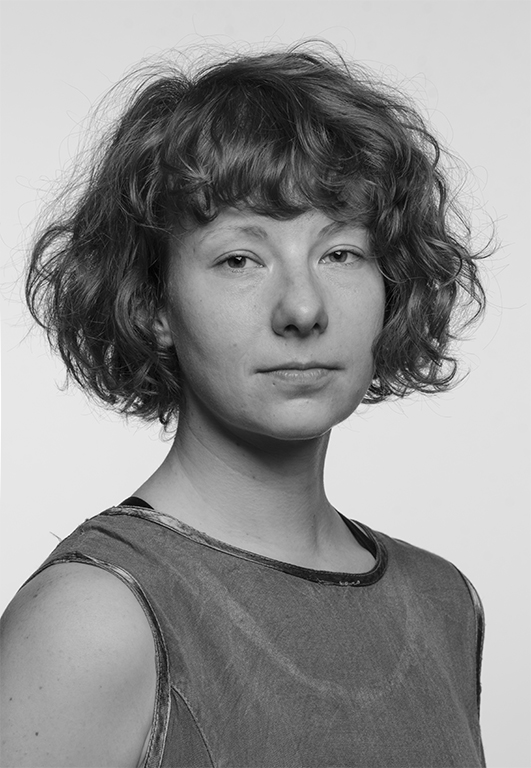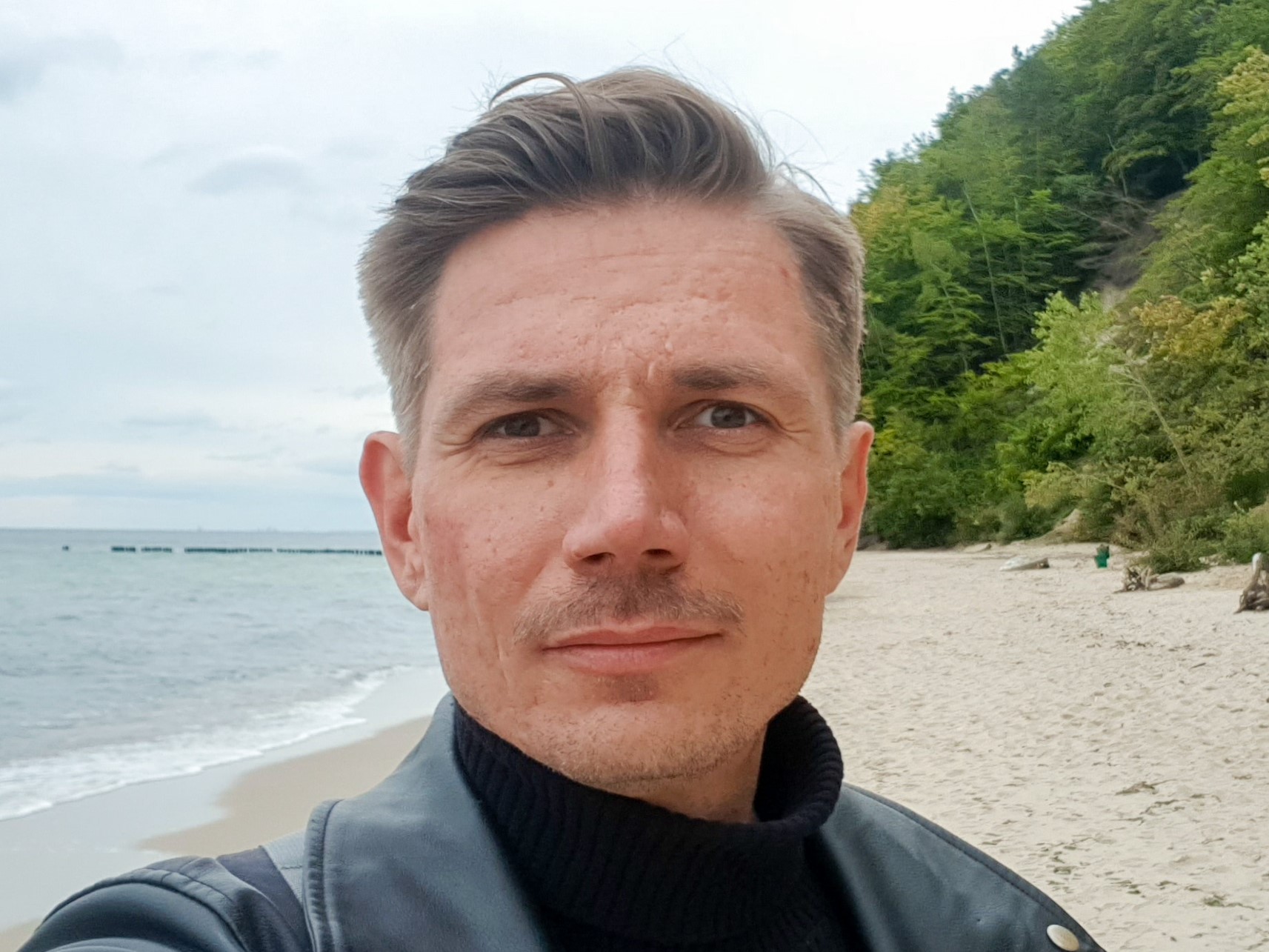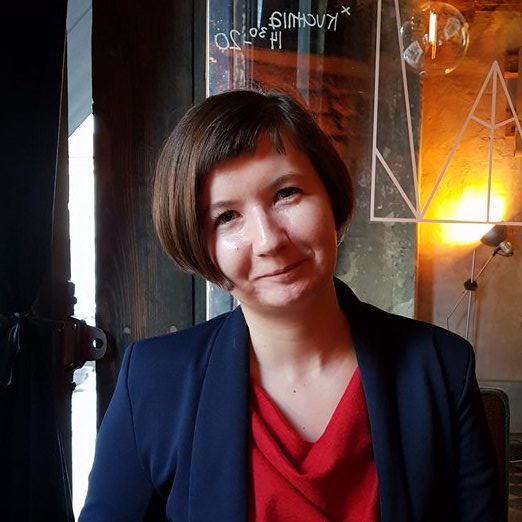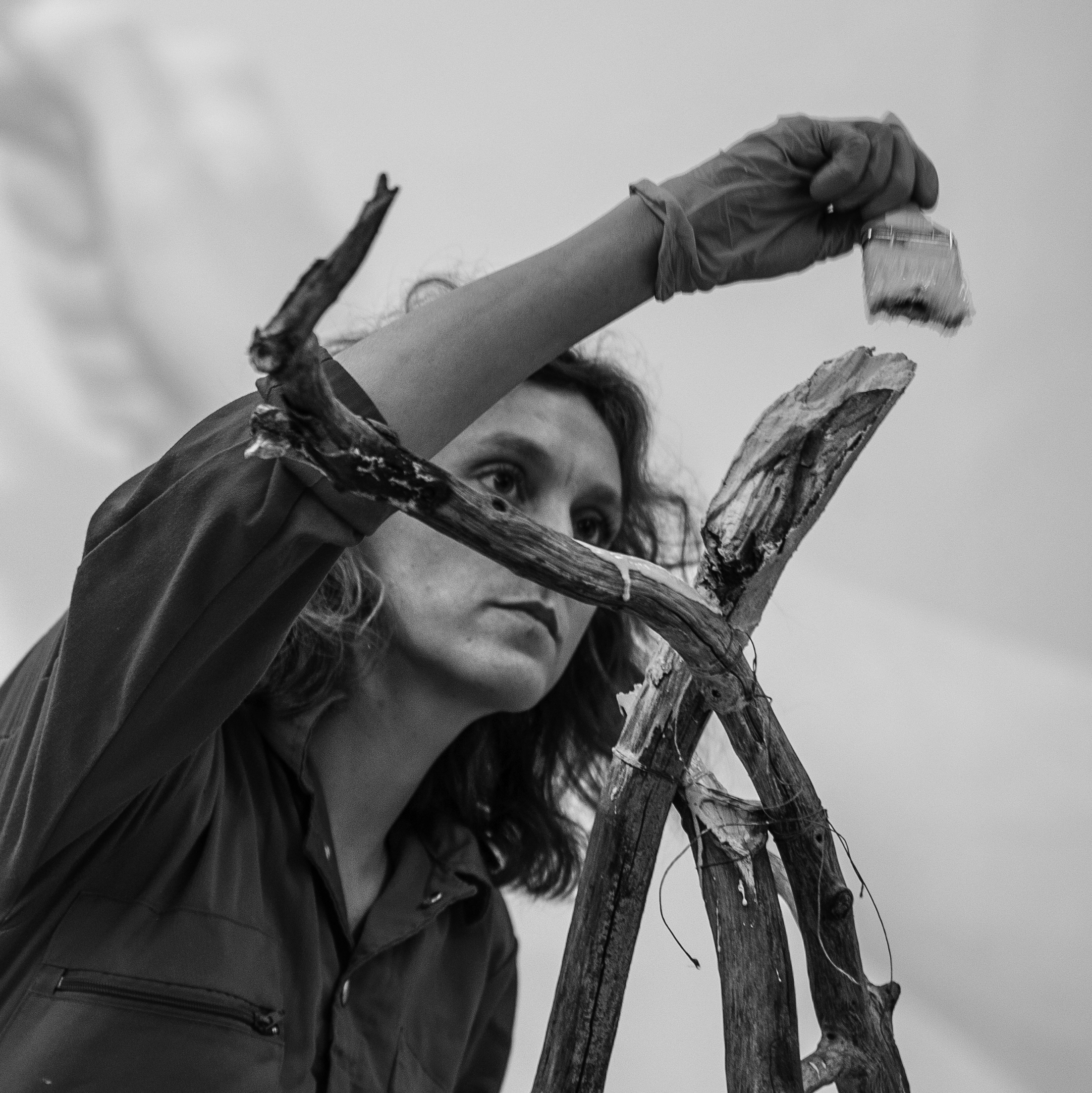As showcased by philosopher Rosi Braidotti, our post-humanist condition arises from two watershed transformations: technological change (“fourth industrial revolution”), and ecological calamity (global warming and “the sixth extinction of species”). The ambivalence has also been brought up by media scholar Benjamin Bratton who writes of technological “Copernican revolution”. A follow-up to discoveries by Copernicus, Darwin and Freud, this is a yet another blow to our “species narcissism”, a belief placing mankind at the epicentre universe. Bratton argues that the dynamic new technologies development should make us realise that human intelligence is not the only one out there; to take matters further, it is gradually losing its model intelligence status. Continuously improved calculating machines have gained a capacity for their own brand of thinking, in certain aspects surpassing that represented by humans, increasingly more often eluding our perception or control (“black boxes”, automatic data processing mechanisms non-transparent even to algorithm creators, a case in point). At the same time, the power of the homo sapiens speciesmanifests itself in a monstrous scale of environmental damage we can record, measure, and predict – yet not harness – owing to information technologies.
In consequence, we are torn between hope and despair, techno-enthusiasm and climate-related depression. Joining forces with artists and theoreticians, we will consider the potential embedded in transcending anthropocentrism, and such binary juxtapositions as human-animal, spirit-machine, culture-nature. Instead of delving into despair or escaping into utopian fantasy, can we “stay with the trouble” as suggested by biologist and philosopher Donna Haraway, all its complexity and materiality regardless? And in emotional and moral ambivalence as a result? How can we be rewarded for seeking concealed interdependencies with and connections to the organic world, not to mention unavoidable tensions in our relations with other living beings? Are alliances with machines an option, as once suggested by Sadie Plant in her feminist manifesto Zeroes and Ones? Or are they outright indispensable, seeing as we are cyborgian, trans-individual entities, hybrids of organic and mechanical parts, biological conditioning and technological prostheses? How important are science and art to reflections regarding our “post-humanist condition”? Furthermore: how do contemporary transformations linked to technology and ecology affect the practice of artists exploring media art? Can art become something akin to a post-humanist alliance?







